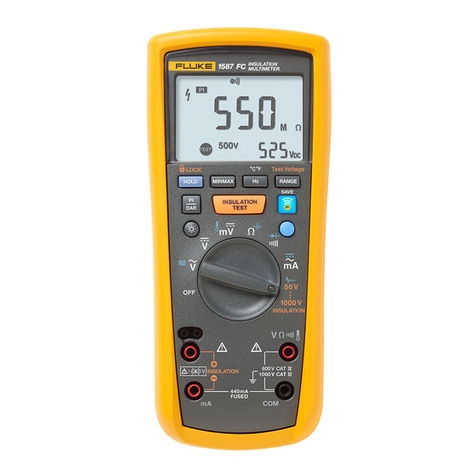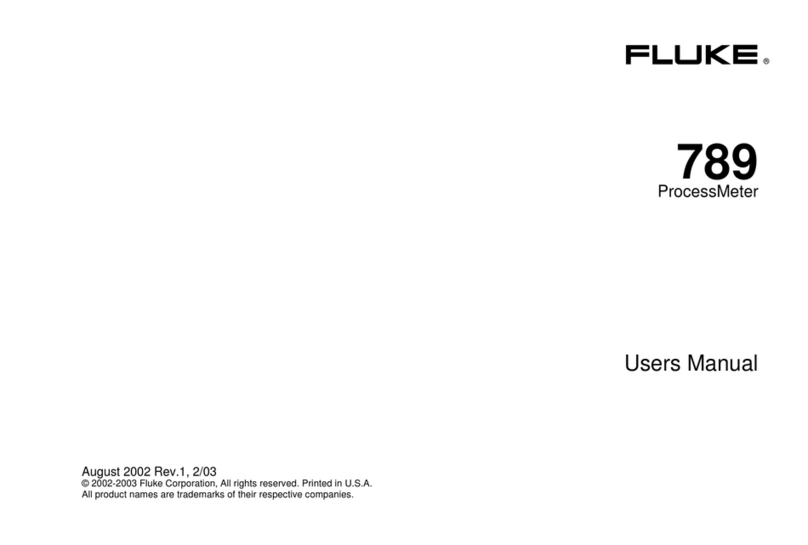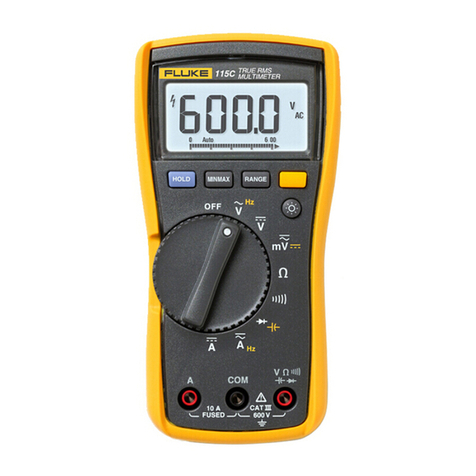Fluke 110 PLUS User manual
Other Fluke Multimeter manuals
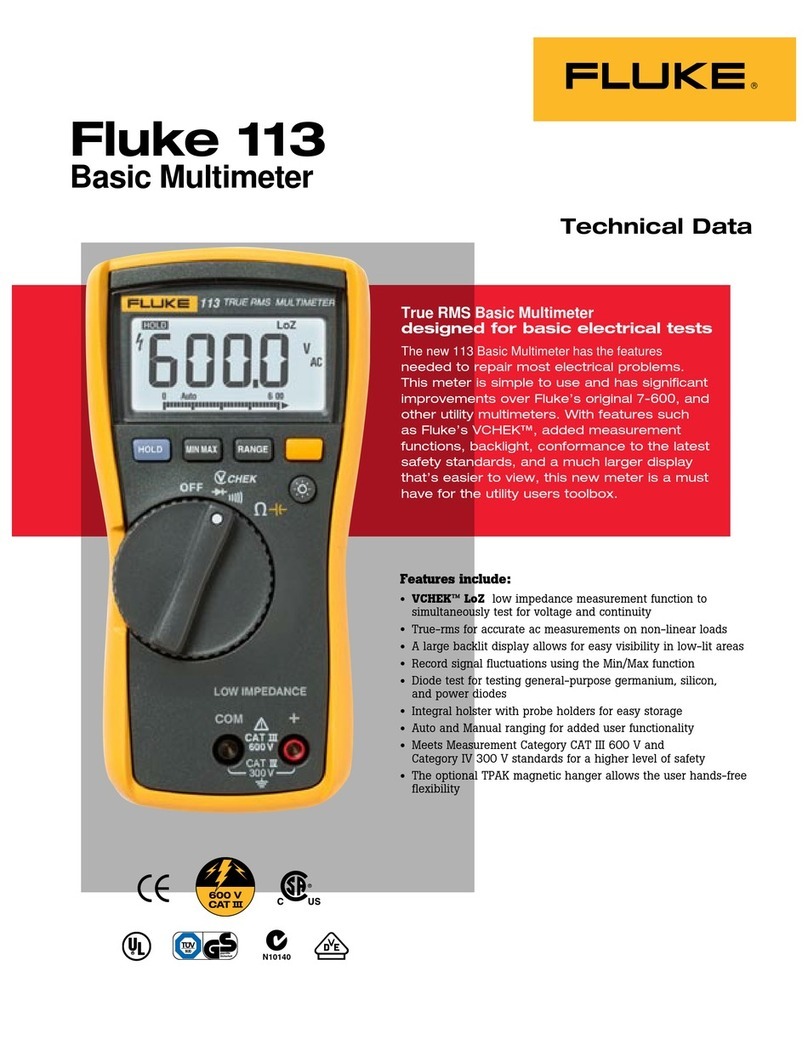
Fluke
Fluke 113 Instruction manual
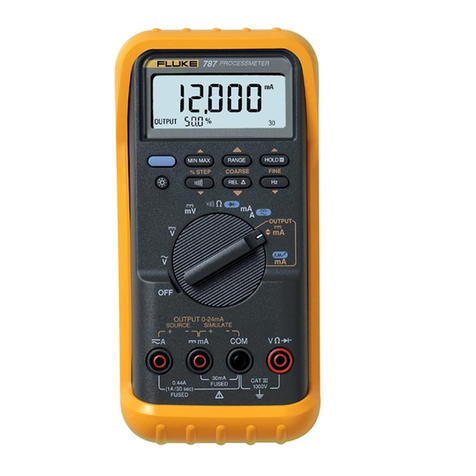
Fluke
Fluke ProcessMeter 787 User manual
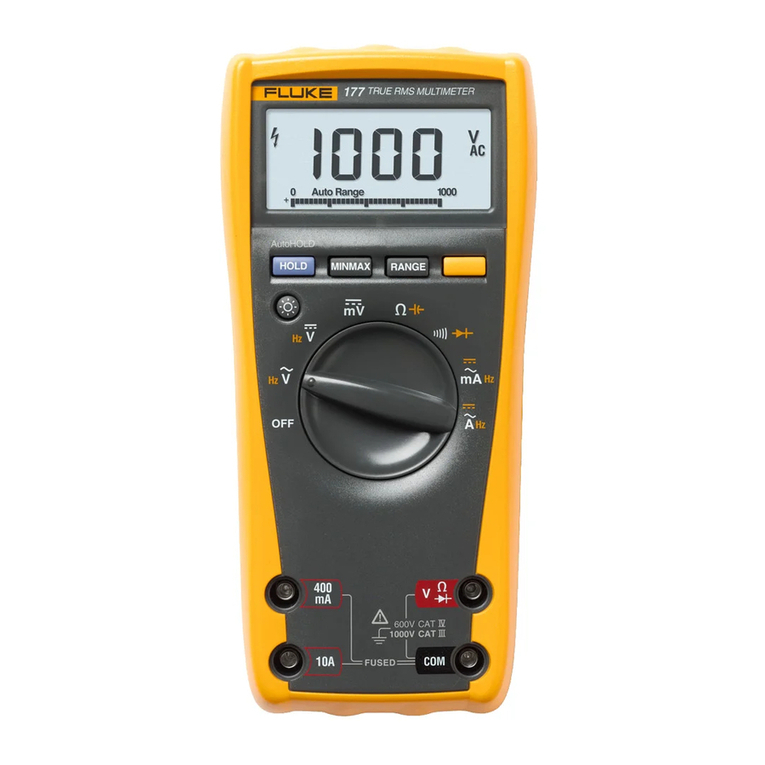
Fluke
Fluke 175 User manual
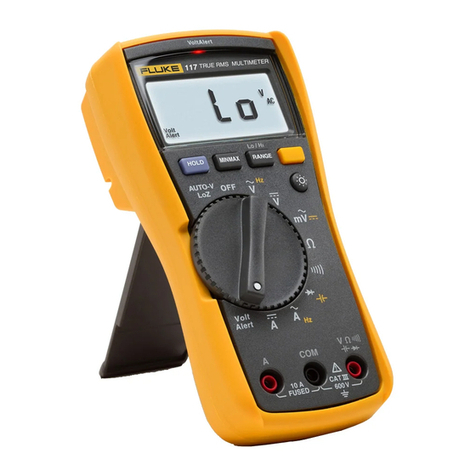
Fluke
Fluke 117 User manual
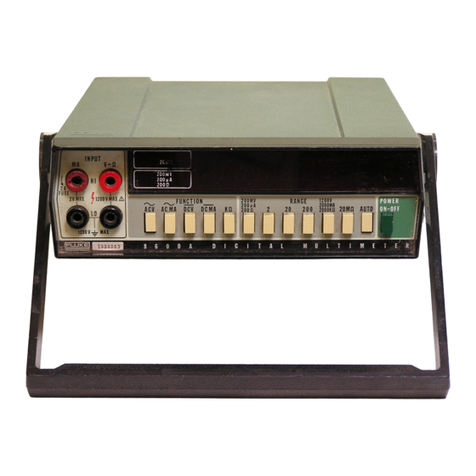
Fluke
Fluke 8600A User manual
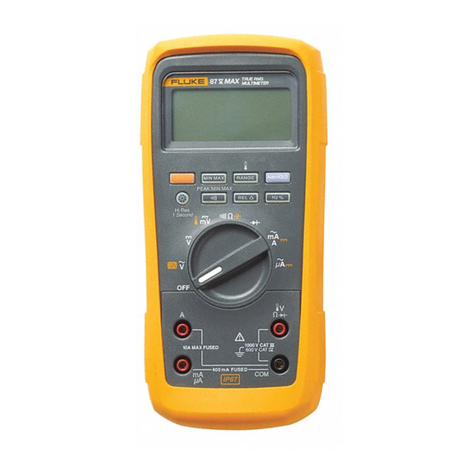
Fluke
Fluke 87V MAX User manual
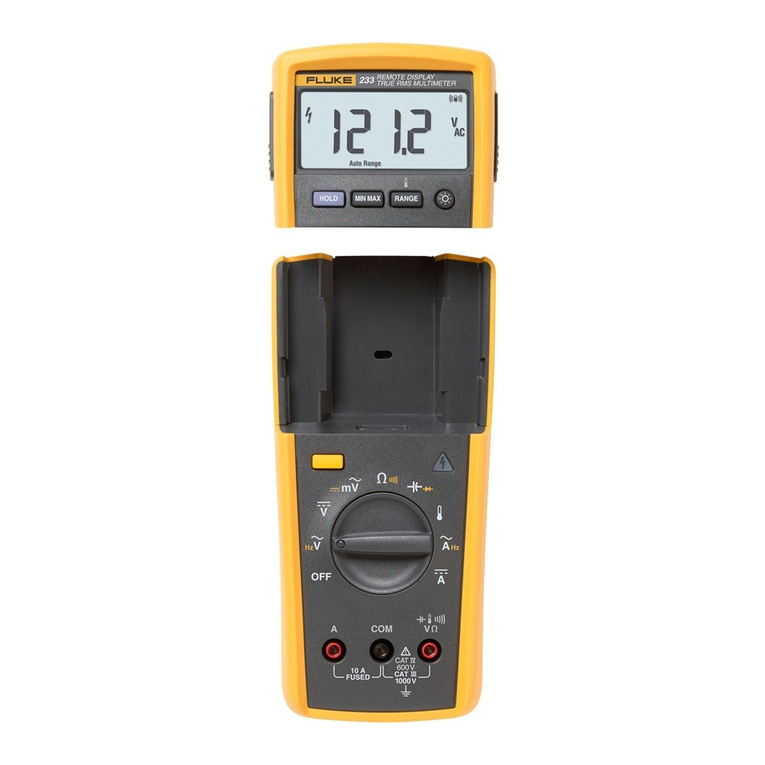
Fluke
Fluke 233 Use and care manual
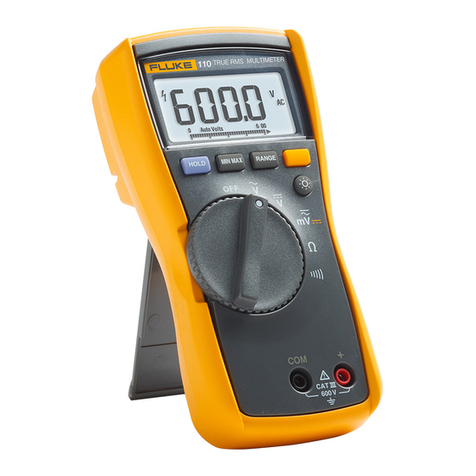
Fluke
Fluke 110 User manual
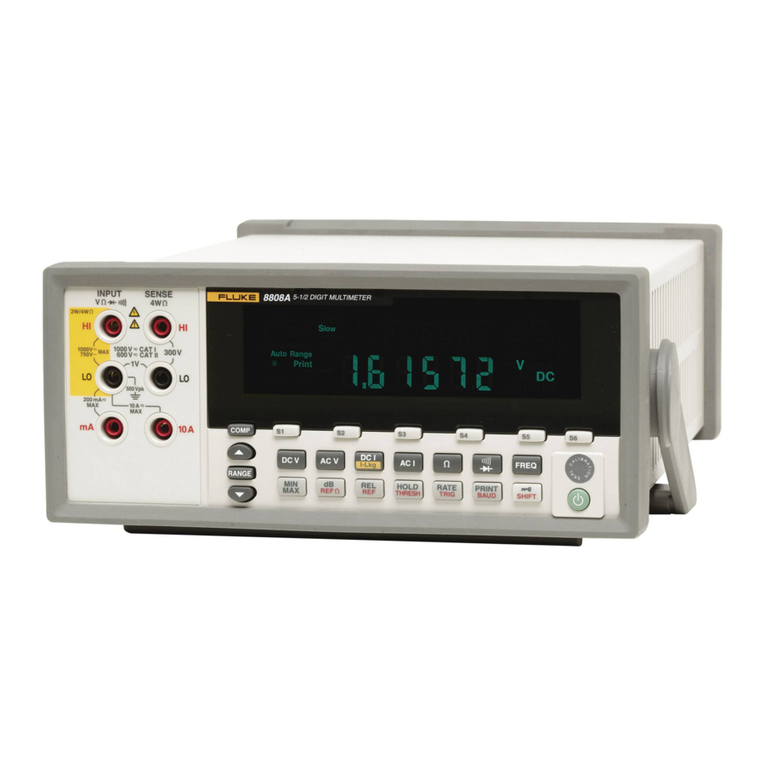
Fluke
Fluke 8808A Configuration guide
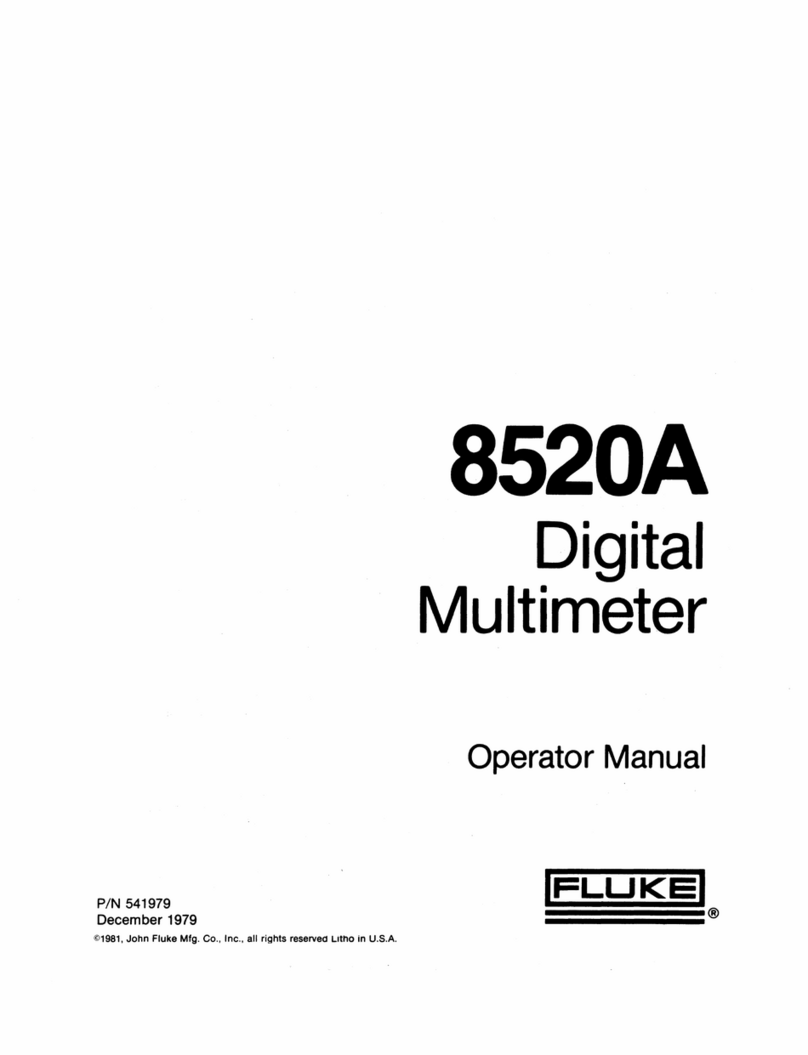
Fluke
Fluke 8520A User manual
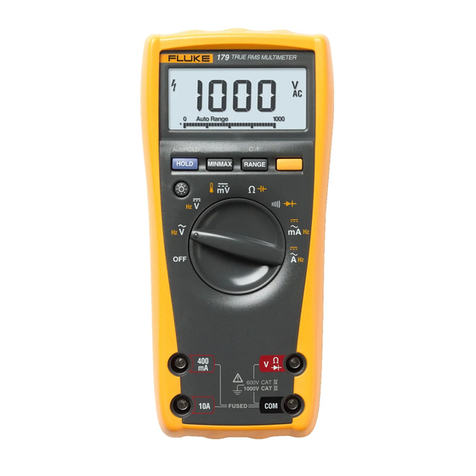
Fluke
Fluke 179 User manual

Fluke
Fluke 8021B User manual
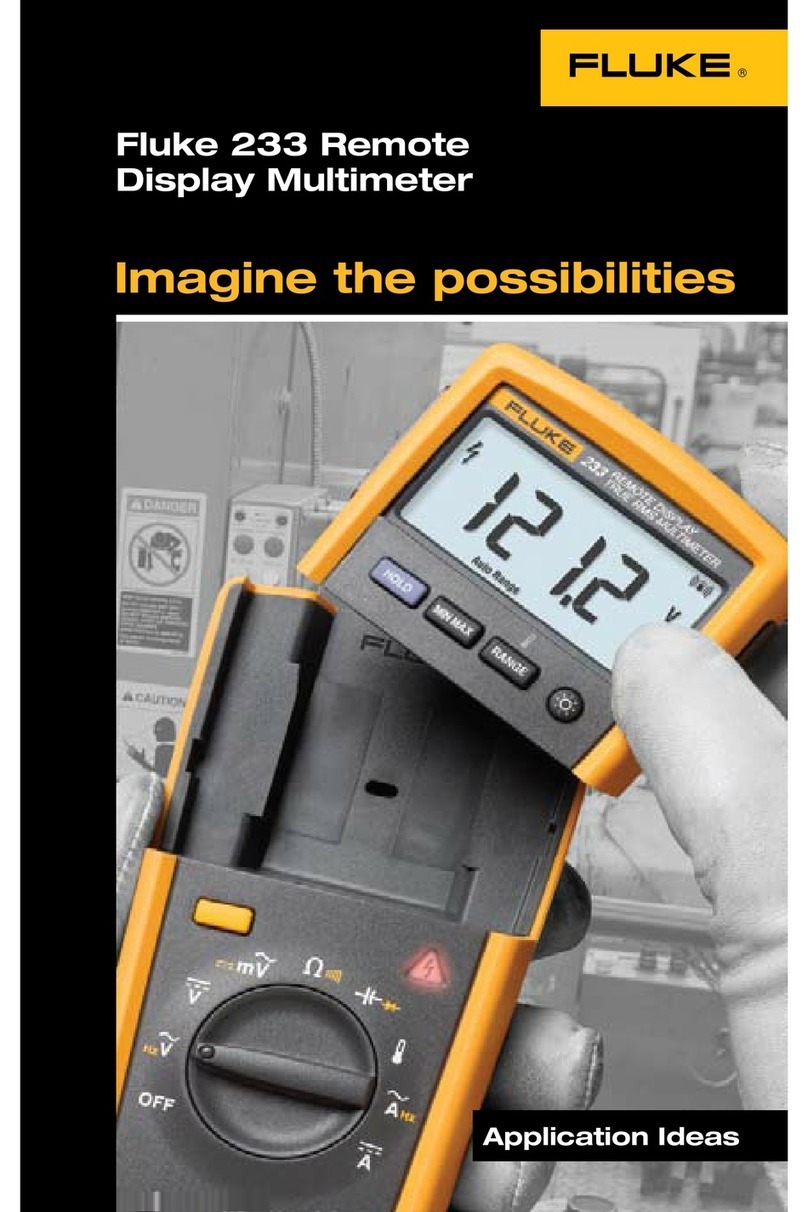
Fluke
Fluke 233 User guide
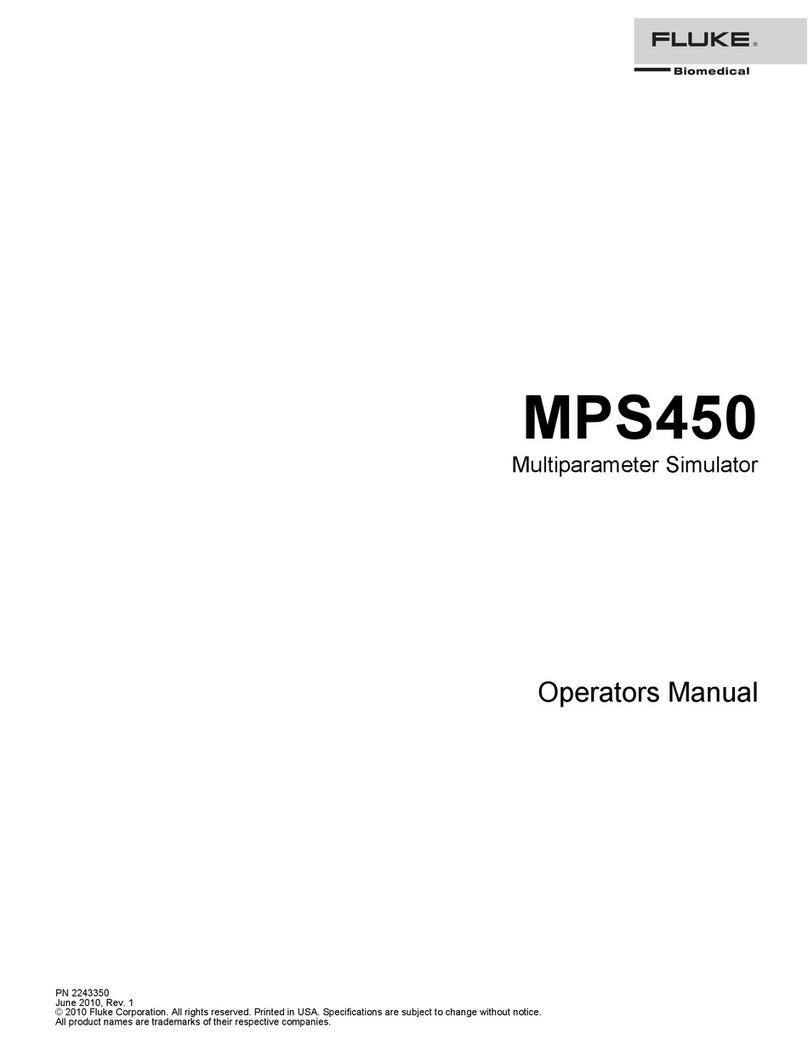
Fluke
Fluke Biomedical MPS450 Operators User manual
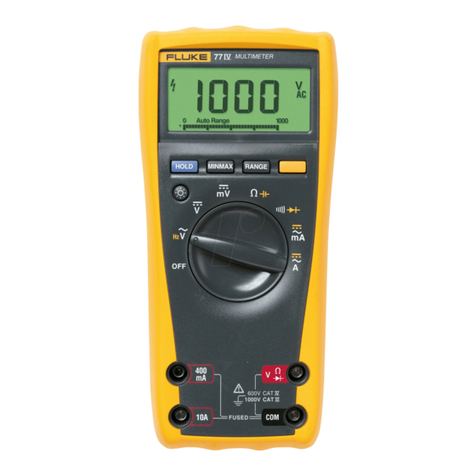
Fluke
Fluke 77 User manual

Fluke
Fluke 110 User manual
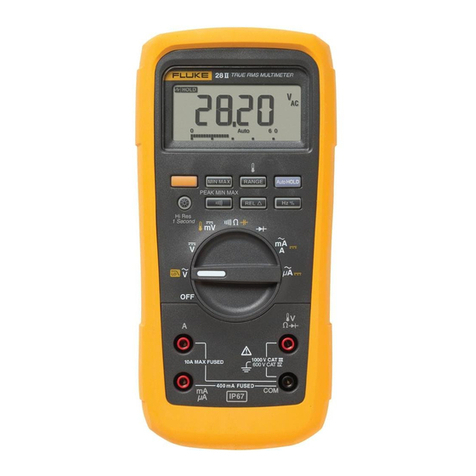
Fluke
Fluke 28 II Ex User manual
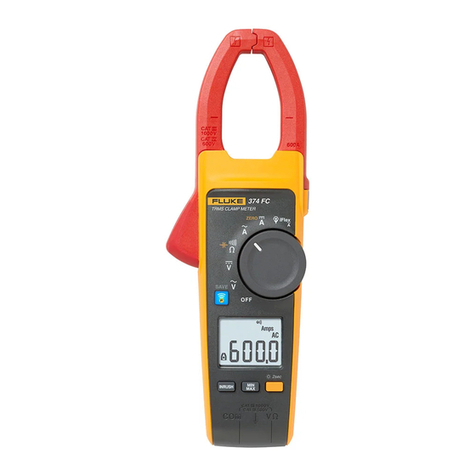
Fluke
Fluke 374 Use and care manual

Fluke
Fluke 80 Series III User manual

Fluke
Fluke J 39200 User manual
Popular Multimeter manuals by other brands

Gossen MetraWatt
Gossen MetraWatt METRAmax 6 operating instructions

PeakTech
PeakTech 4000 Procedure of calibration

YOKOGAWA
YOKOGAWA 90050B user manual

Tempo Communications
Tempo Communications MM200 instruction manual

APPA
APPA 607 user manual

Elenco Electronics
Elenco Electronics CM-1555 operating instructions
